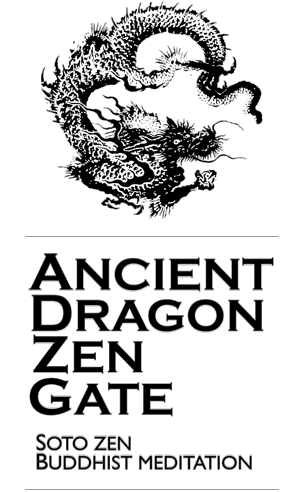ADZG 1114
ADZG Sunday Morning Dharma Talk by Brook Ziporyn
Brook Ziporyn talk text for ADZG 7/30/23
First, we present the contemplation of the mind as the Inconceivable Object. But this object is hard to talk about, so let us first explain all conceivable objects, to make it easier to present the Inconceivable Object. Of conceivable phenenomena, even the Hinayanists say that mind generates all phenomena, by which they mean the causes and effects of the cycle of the six paths of samsara [all generated by the intentional karma of sentient beings]. They then reject the ordinary and aspire to sageliness, dropping all of this and emerging above it all, leaving only a withered body and extinguished consciousness. This is the Four Noble Truths considered as deliberate activity, with beginnings and ends in real time [有作四諦]. All such things as these are among the conceivables.
Now in the Mahāyāna it is also said that mind generates all dharmas, by which is now meant rather the Ten Dharma Realms [i.e., the prior six plus śrāvakas, pratyekabuddhas, bodhisattvas and buddhas]:
Contemplating the mind as existent, it is seen to have both good and bad mental states. The bad are the causes and effects of the three evil paths of hells, hungry ghosts and animals, while the good are the causes and effects of the three paths of Asuras [ferociously competitive titans], humans and gods. These six types are then contemplated as all being impermanent, arising and perishing constantly. The mind that does this contemplating is also seen to be changing with every thought, never dwelling for a moment. Further, both what contemplates and what is contemplated are conditioned arisings, and all conditioned arising is Empty of self-nature. Such are the causes and effects of the Two Vehicles, sravakas and pratyekabuddhas.
Contemplating this sort of Emptiness [of the Two Vehicles] and this sort of Being [of the Six Paths of Samsara] as both trapped in the dualistic morass of these two extremes, either sinking into Emptiness or obstructed by being, great compassion arises, and one enters into the Provisional to transform and liberate beings. Though there is no body in reality, one provisionally creates a non-literal body. Though there is no emptiness in reality, one provisionally speaks non-literally of emptiness. Thus does one guide and transform them all. These are the causes and effects of the bodhisattvas.
Contemplating these phenomena of both liberators and liberated, seeing each as precisely a phenomenon exemplifying the Ultimate Reality of the Middle Way, all of them are thus known to be ultimately pure. Who is the good and who is the evil? Who is the existent and who the non-existent? Who is the liberated and who is the not liberated? All dharmas are like this. These are the causes and effects of a Buddha.
